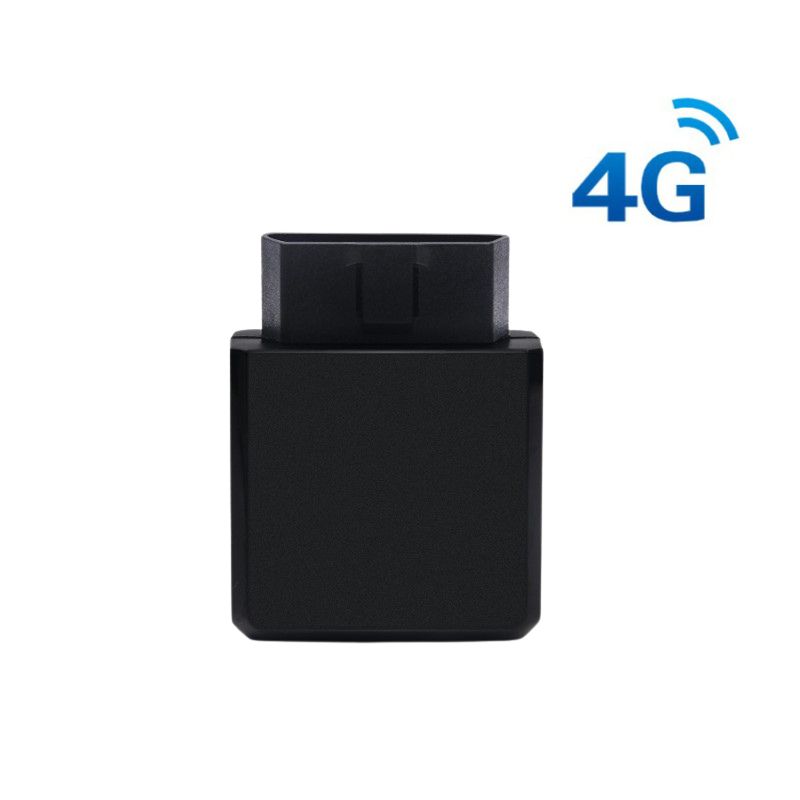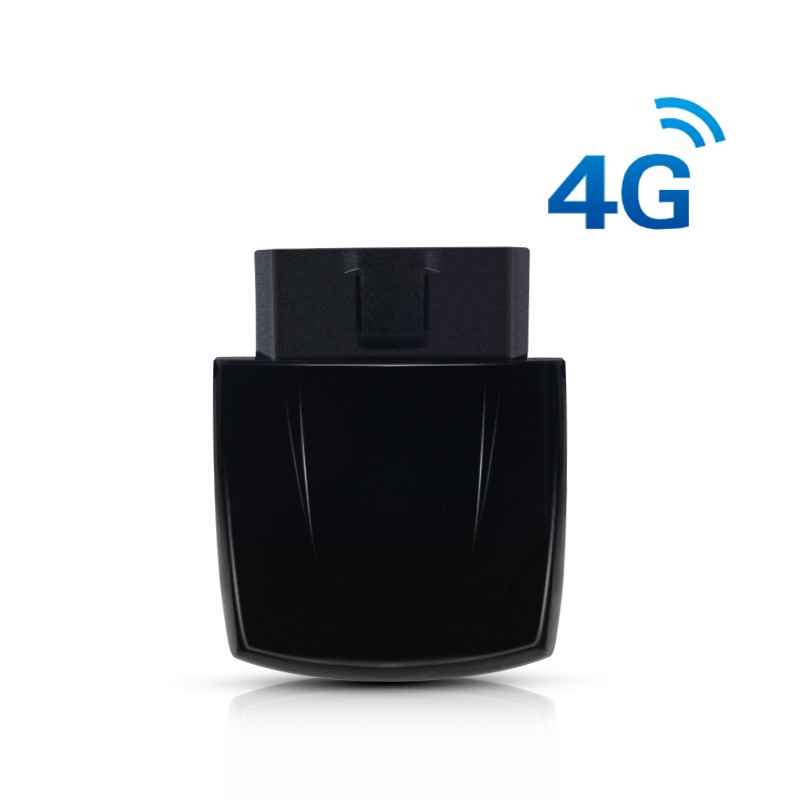Monitoring Electric Vehicle Data
In recent years, the number of electric vehicles has exploded, and the battery life of electric vehicles has become a focus.
More and more evidence shows that electric vehicle batteries are much more durable than smartphone batteries.

OBD is the best partner for monitoring the battery usage of electric vehicles.
“There is an immense amount of consumer concern around the state of the battery that you buy in a second-hand vehicle,” says James Wallace, cofounder of Fortescue’s battery intelligence division Elysia.
OBD can learn a lot of data about electric vehicles, such as speed, total vehicle mileage, single charge power, total battery power. The main data that OBD can read is related to the battery.
The use of OBD with electric vehicles can greatly increase the user experience, read the data needed by users, and view data quickly and conveniently in the matching platform.
But in fact, in the era of the popularity of electric vehicles, we still don’t know how long electric vehicle batteries can be used. But BMW i3 cars from a decade ago are reportedly faring well, with most still providing over 80 percent of their original capacity.
Tesla Model S vehicles from 2013 show a similar capacity, according to Plug In America results reported by Nimblefins.
“There is an argument that there could be what we call a heel curve towards the end of the life of the vehicle, where the battery starts degrading faster than it did for most of its life,” said Charlotte Argue, senior manager of sustainable mobility at Geotab.
However, for now, the growth trend of electric vehicles will surely continue to rise, and a 10-year-old electric car may be almost as good as a new car. OBD is currently the fastest and most convenient way to monitor electric vehicle batteries, and installing OBD on electric vehicles will be the general trend.










